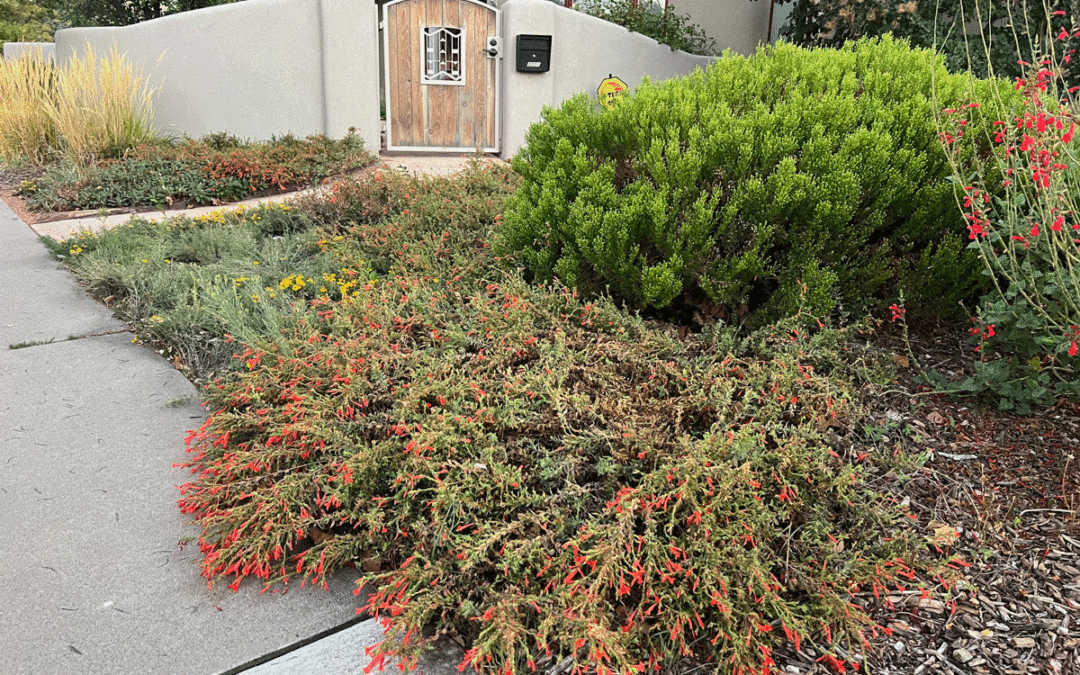It might be too early to start planting your 2025 garden but it’s never to early to start planning your yard. We’ve grabbed some of our favorite plants for you to test out in 2025. Take a look below.
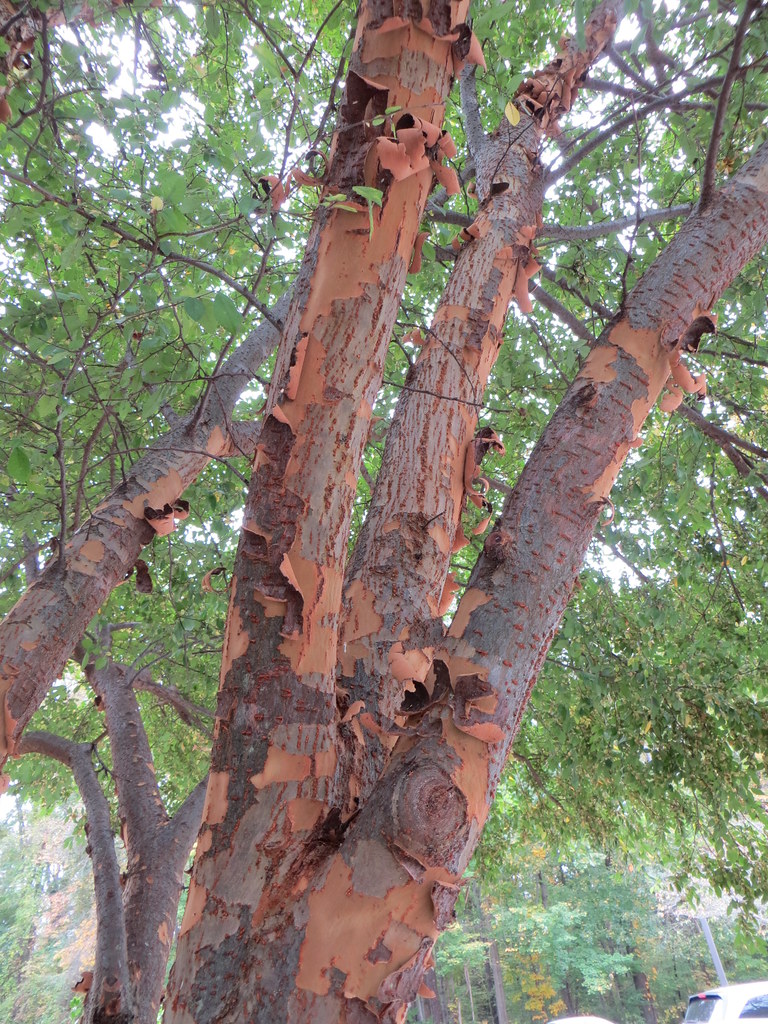
Lacebark elm, Ulmus parvifolia:
This fast-growing shade tree should not be confused with the notoriously invasive Siberian elm. Lacebark elm is a medium sized tree with a round to oval crown and interesting lacy bark in tan, grey and cinnamon colors. It is an excellent drought tolerant species for use in windbreaks. It can grow as much as 3 feet a year. It is adaptable to most soil conditions.
Type: Deciduous
Exposure: Full sun
Water Use: Medium
Mature Size: 40’ x 40’
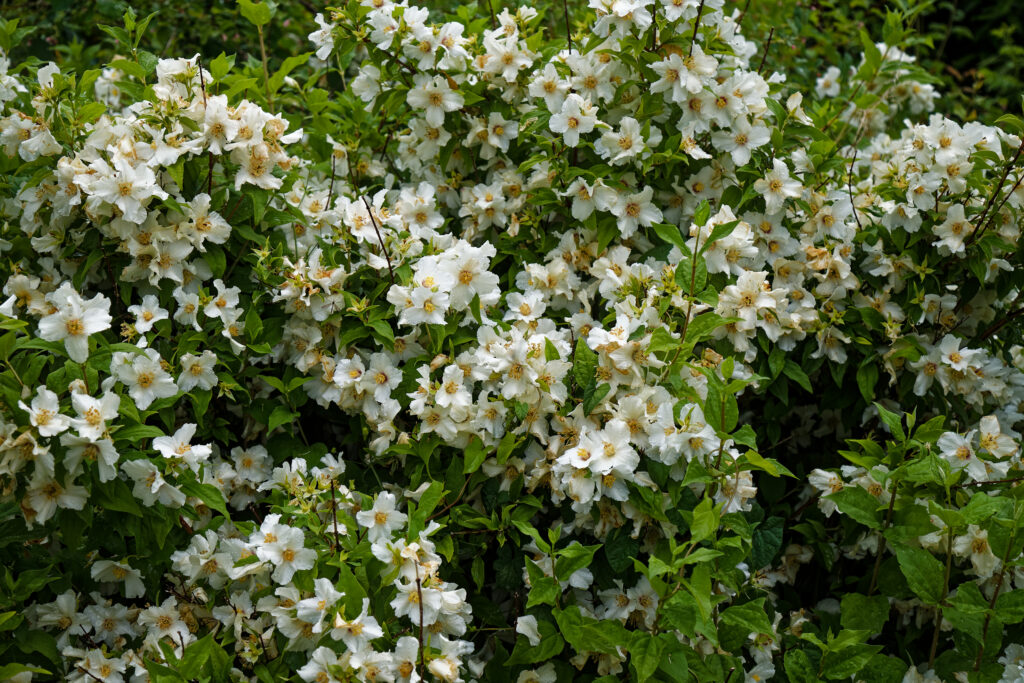
Mock orange, Philadelphus lewisii Cheyenne:
This deciduous native shrub sports white blooms from spring to summer. A mass of flowers emits a delightful fragrance reminiscent of orange blossoms with a hint of pineapple. It’s a great habitat and pollinator shrub that works well in perennial beds, providing interest and privacy if needed.
Type: Deciduous
Exposure: Sun/shade
Water Use: Medium
Mature Size: 10’ x 10’
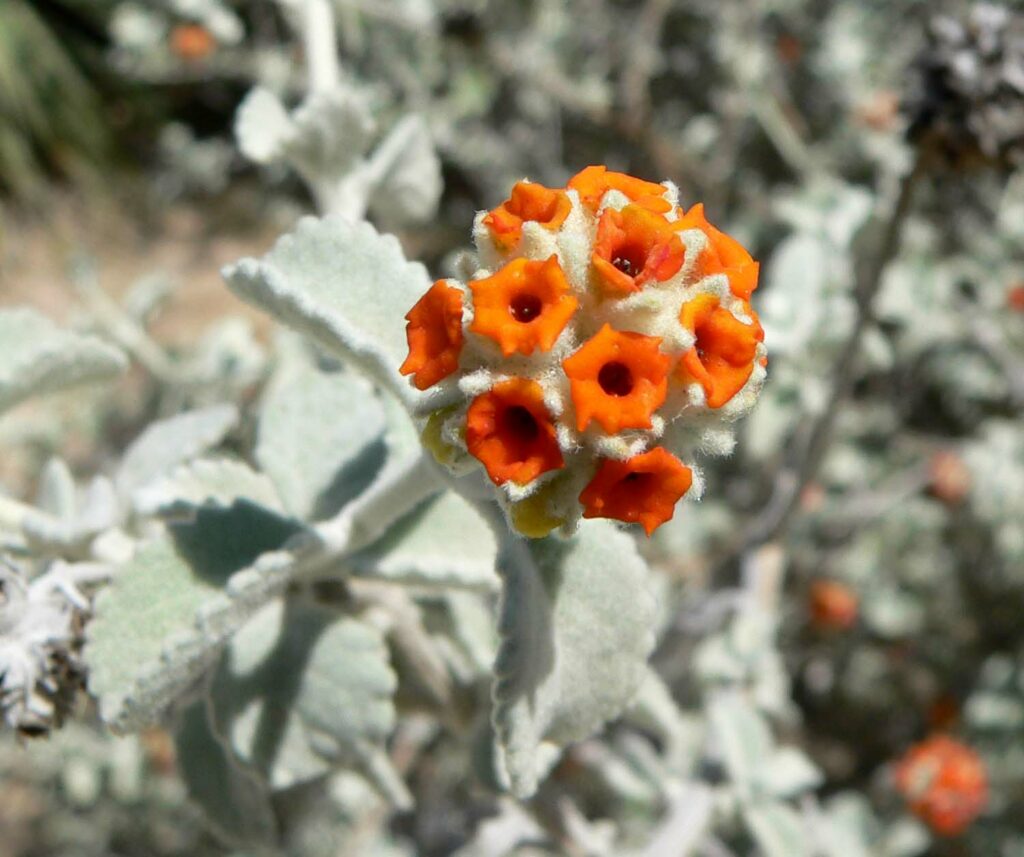
Woolly butterfly bush, Buddleja marrubiifolia:
This rounded, grey green evergreen shrub provides year-round interest. Orange flowers are prevalent year-round with their showiest times in the spring and summer. Woolly butterfly bush is native from southwest Texas into New Mexico, where it can be found in canyons, arroyos and on slopes at elevations from 1,800 to 3,800 feet. It’s heat tolerant and likes well drained soils.
Type: Deciduous
Exposure: Full sun
Water Use: Low
Mature Size: 4’ x 4’
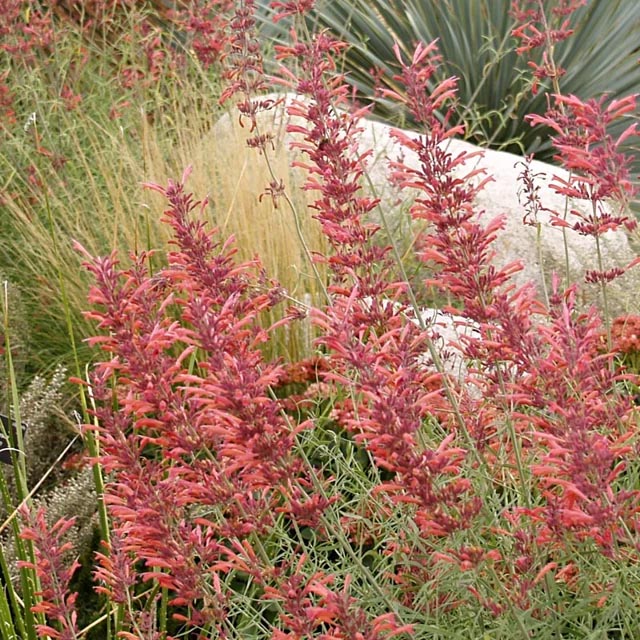
Licorice mint hyssop, Agastache rupestris:
This is one of the best, most durable species in the Agastache family. It has nectar-rich orange flowers that attract hummingbirds for many months. The plant has a licorice minty scent. It’s also low water use and very drought resistant.
Type: Deciduous
Exposure: Full sun
Water Use: Low
Mature Size: 2’ x 2’
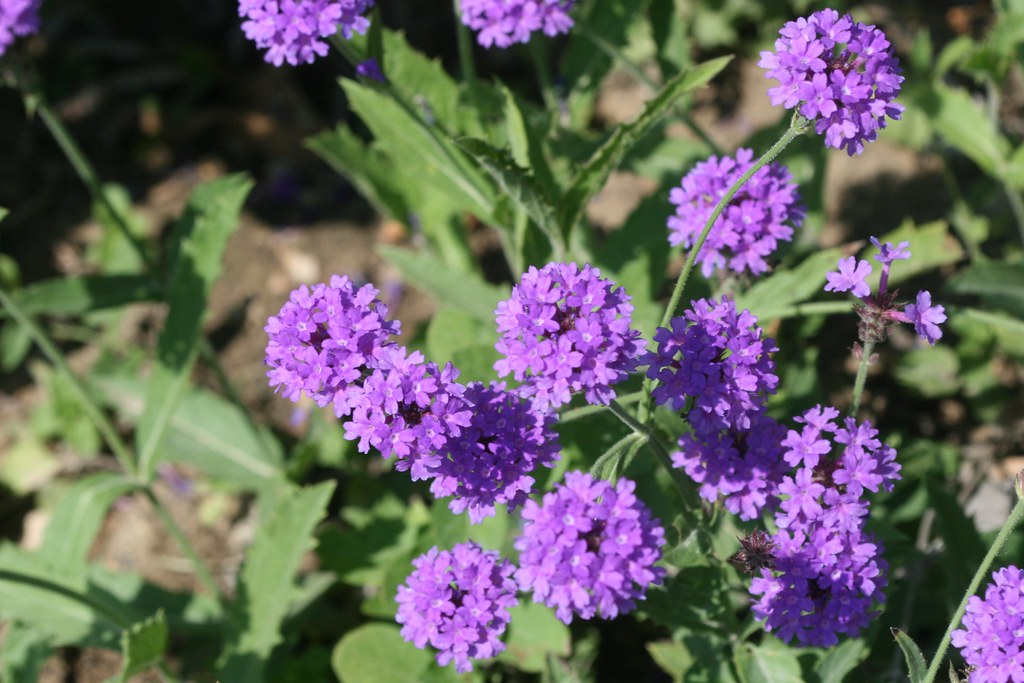
Sandpaper verbena, Verbena rigida:
This flowering plant grows well in extreme heat. It has rough, dark green leaves that feel like sandpaper and vivid purple flowers in the spring and summer. If this plant starts to look ragged, cut it back to the ground and fresh growth will sprout from underground stems. Even in very cold winters, this plant bounces back from these rhizomes. It is nice mixed with the yellows of prairie zinnia or Angelita daisy.
Type: Deciduous
Exposure: Full sun
Water Use: Low
Mature Size: 1’ x 3’
Learn more here:
Favorite Mediterranean Plants for Albuquerque Area Landscapes
Plants that Thrive Under Shade Trees


